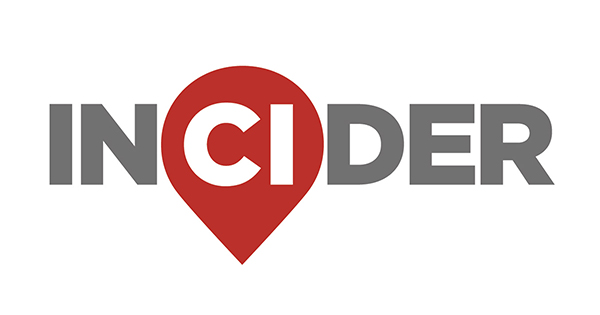Two minute impact
Keller offcials are focused on approving smaller communities since the population already reached 47,476 people in 2024, according to a March presentation from City Manager Aaron Rector.
“I’m personally looking for proposals by developers who understand that Keller is special and are willing to invest in neighborhoods that work with our topography, address any neighbor concerns and blend with the surrounding developments,” Keller Mayor Armin Mizani said.
The city has multiple developments in the works, including neighborhoods like Armstrong Hills and the Summit at Center Stage. Many projects cater to people who want to settle long-term in Keller, said Capital Reality Developer Sam Pan, who is working on the Summit at Center Stage.
“The great schools and this small-town feel, it’s a tight-knit, safe community,” Pan said. “We saw an opportunity to provide some accessibility to these perks that people obviously desire.”
What's happening
When Keller officials previously considered new housing developments, residents expressed concern at council meetings about the population exceeding 50,000 people, which will cost the city more than $1 million per year from added state and federal regulations, such as road infrastructure costs, according to previous reporting.
Rector said city leaders should focus on preferable development since growth will continue.
“Keller is long past its days of massive residential project proposals,” Rector said.
Mizani said Keller officials are also looking into developments that help lower taxes while maintaining its infrastructure and amenities.
The breakdown
One of the biggest appeals for people to settle in Keller is the small-town feel with a sense of community, Mizani said.
Even after children have graduated high school, parents are choosing to stay in the area, which Pan says is a positive indicator for developers.
Demographics from the most recent U.S. Census Bureau data show the population of residents under 18 has declined slightly but the median age, household income and age range from 55-74 all have increased.
While school districts like Keller ISD are what initially attracts developers to an area, Pan said income status, safety and local business support all factor into how a developer chooses where they want their next proposed community.
“We see the business of development as a sociological proposition,” Pan said. “A great school district in a wealthy, safe town that has this small town charm is going to be desired.”What's next
According to city documents, Keller’s growth rate is averaging 420 people per year. This means by the 2030 census, the city is expected to be close to full build out with little land to develop.
Rector said city officials already are repurposing land to fit with city growth and modernize the town with what residents like to see. Areas like Old Town Keller are being revamped and he expects that trend to continue with older structures.
“The city will need to be proactive in recruiting strong private partners to capitalize on our redevelopment opportunities,” Rector said. “Our staff will also need to be thinking about any code updates that City Council should consider to respond to redevelopment projects.”





